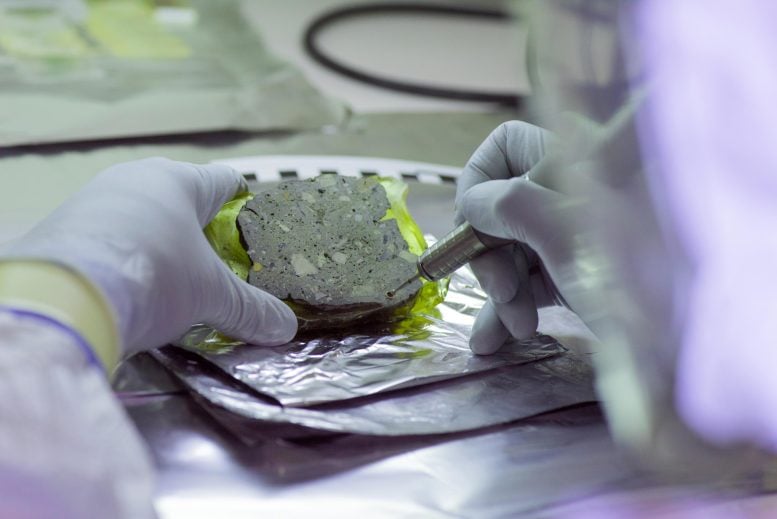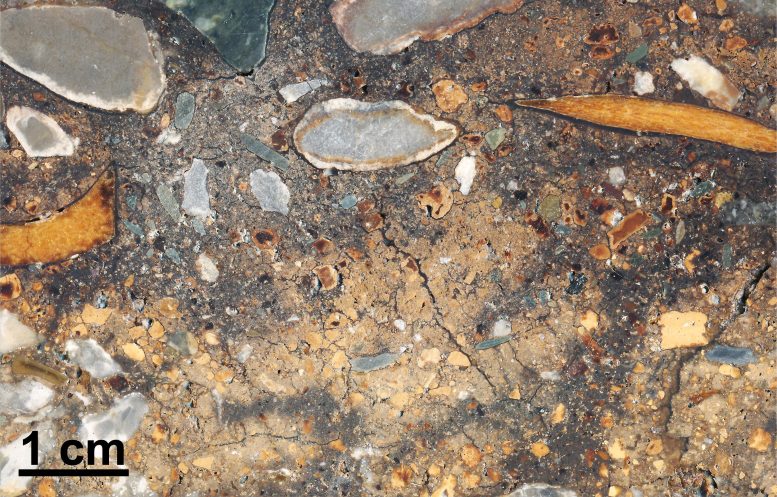Vlad Savov
Mon, December 27, 2021

(Bloomberg) -- Riot Games Inc., a Tencent Holdings Ltd. subsidiary, settled a 2018 gender discrimination class-action suit by agreeing to pay $100 million in compensation and legal fees.
The settlement agreement announced Monday stipulates that Riot will pay $80 million to all current and former employees and contractors who identify as women and worked for Riot at any time since Nov. 2014. The payment will be distributed via a fund, pending court approval. A further $20 million will cover attorneys’ fees and miscellaneous expenses, and Riot has agreed to have its pay processes overseen by a third party for a period of three years, the company said in a statement.
Video Games Struggle to Shake Sexist Attitudes: Tae Kim
“This is a great day for the women of Riot Games – and for women at all video game and tech companies – who deserve a workplace that is free of harassment and discrimination,” said Genie Harrison, whose law firm represented the plaintiffs. “We appreciate Riot’s introspection and work since 2018 toward becoming a more diverse and inclusive company, its willingness to take responsibility for its past, and its commitment to continued fairness and equality in the future.”
The video games industry has been going through a period of reckoning around sexism, both in the content of the entertainment it produces and in the workplace. The California Department of Fair Employment and Housing, which took part in the suit against Riot Games, has been at the forefront of this push. It also sued Activision Blizzard Inc. over its “frat boy” culture this summer, leading to a settlement that produced an $18 million fund for alleged victims of discrimination or harassment at the company.
Partying and Sexism Were Long Part of Blizzard’s Office Culture










